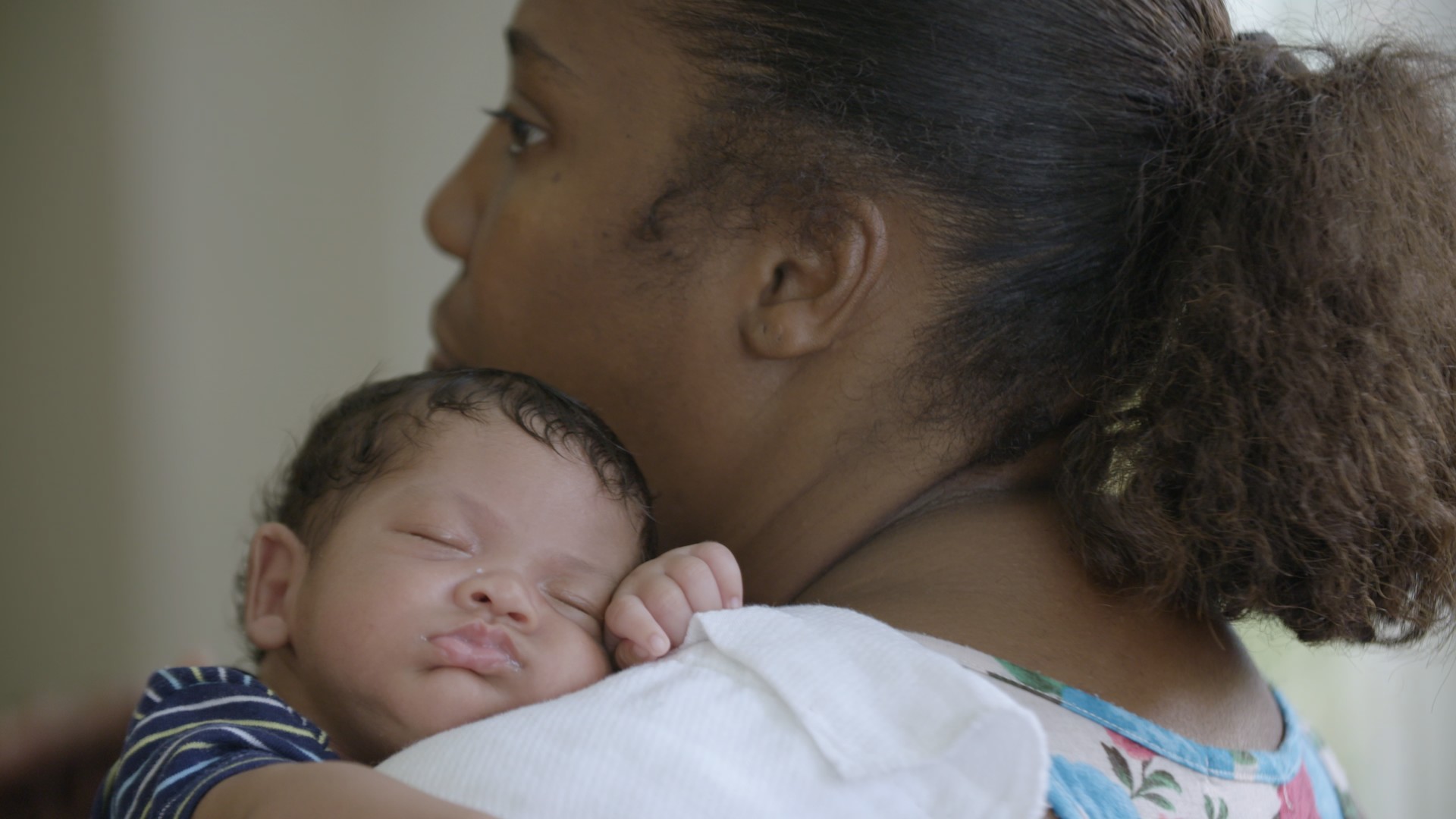A colonial-era church built in the late 1800s has stood in the central plaza of Guayanilla on the southern coast of Puerto Rico for more than 100 years.On Tuesday morning, shocked locals inspected its ruins.“All that’s left is one wall and half of another wall,” Glidden Lopez, a spokesperson for the municipality of Guyanilla told the Miami Herald.Puerto Rico was hit by a devastating magnitude 6.4 earthquake around 4 a.m. Tuesday. It leveled homes, decimated at least one of Puerto Rico’s already-struggling schools, and collapsed an iconic natural rock bridge that had stood on Puerto Rico’s south coast for thousands of years.At least one person is confirmed dead, and Tuesday’s tremor — the strongest in 102 years — is only the latest in a series of more than 400 quakes more powerful than magnitude 2 that have shaken the island since late December.And the seismic activity is still ongoing: The U.S. Geological Survey reported dozens of aftershocks off Puerto Rico’s southern coast throughout the morning on Tuesday. Preliminary readings indicated that one of those clocked in at 5.6 on the Richter scale, hitting south of the island just hours after the larger quake. Cover: Father Melvin Diaz Aponte inspects damage to the Parroquia Inmaculada Concepción church after a 6.4 earthquake hit just south of the island on January 7, 2020 in Guayanilla, Puerto Rico. (Photo by Eric Rojas/Getty Images)
Cover: Father Melvin Diaz Aponte inspects damage to the Parroquia Inmaculada Concepción church after a 6.4 earthquake hit just south of the island on January 7, 2020 in Guayanilla, Puerto Rico. (Photo by Eric Rojas/Getty Images)
Advertisement
Gov. Wanda Vazquéz declared a state of emergency Tuesday, and top officials on the island said it was too soon to fully assess how bad the damage was. About 300,000 people on the island are without access to clean water, the governor said at a news conference.The island’s still reeling from 2017’s Hurricane Maria, which destroyed much of the island’s infrastructure. The electrical grid, which even prior to Maria badly needed repairs, hasn’t recovered. Post-Maria recovery essentially ground to a halt last year as federal funds dried up.That leaves the island vulnerable to earthquakes like the ones that have hit the island in recent weeks.Here’s what we know about the damage the quakes have caused so far:
- Puerto Rico’s two largest power plants were damaged, which plunged much of the island into a blackout on Tuesday. The largest had suffered “severe damage,” and might take days to get back online. After Maria, much of the island was without power for 11 months. Already, local officials are warning their residents that it could be weeks before power is fully restored.
- Hundreds of public schools have been shuttered due to budget cuts in the last three years in Puerto Rico. One of the ones that was still open, in Guanica, was badly damaged by Tuesday’s earthquake.
Advertisement
- The island’s largest hospital in San Juan was briefly without power on Tuesday morning, but Puerto Rican power authority told CBS News it had been restored by around 11 am.
- More than 300 people across Puerto Rico have taken to shelters, unable to return to their either collapsed or heavily damaged homes.
- In Ponce, another city on Puerto Rico’s southern coast, cops reportedly evacuated 150 people from buildings that were in danger of collapsing, including a nursing home.
- Monday’s quake toppled the natural rock arch, Punta Ventana, a popular tourist spot in Guayanilla, on the island’s southern coast. “We’ve lost an important symbol of our town and our natural heritage,” Guayanilla Mayor Nelson Torres Yordán said, according to the Washington Post.
All this has prompted the island’s government to ask for the Trump administration for a federal disaster declaration. The Federal Emergency Management Authority says that that request is currently “under consideration.”
